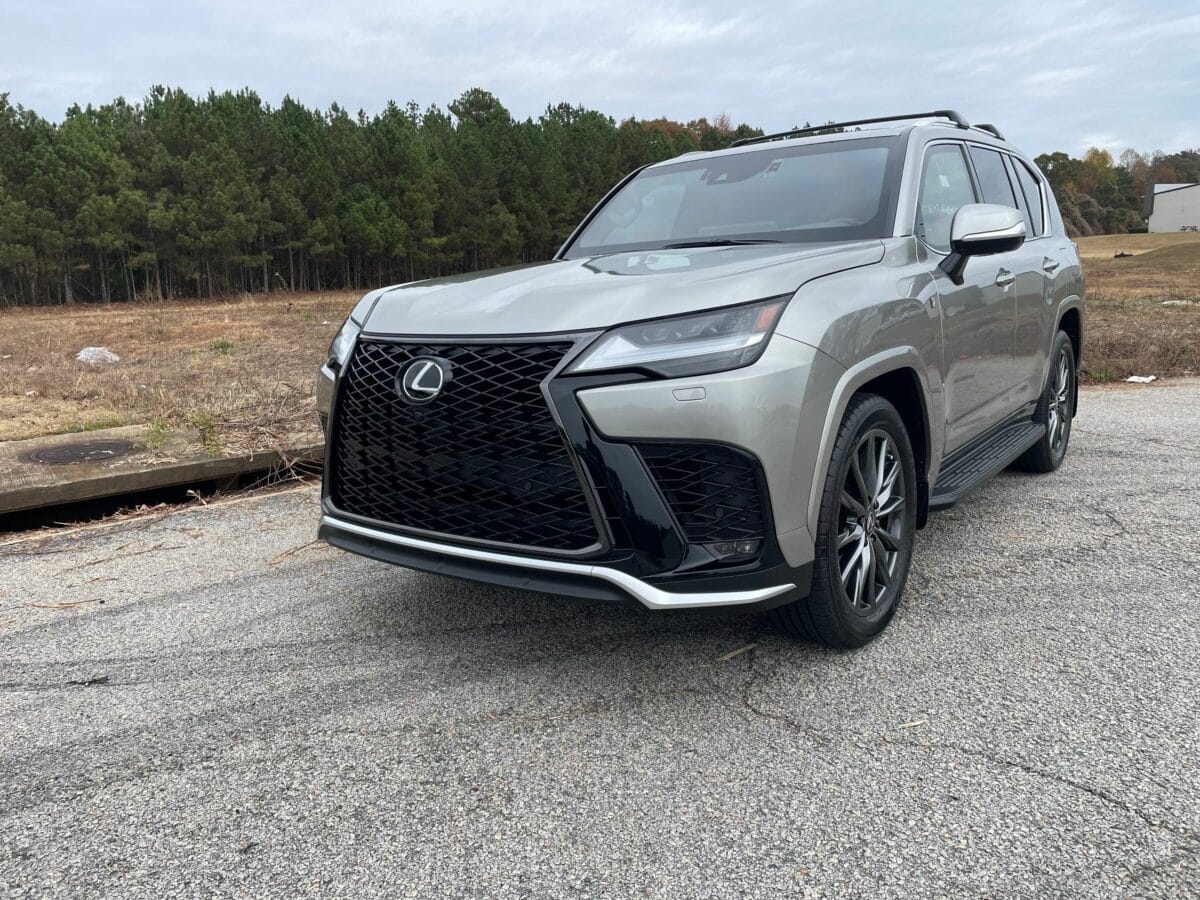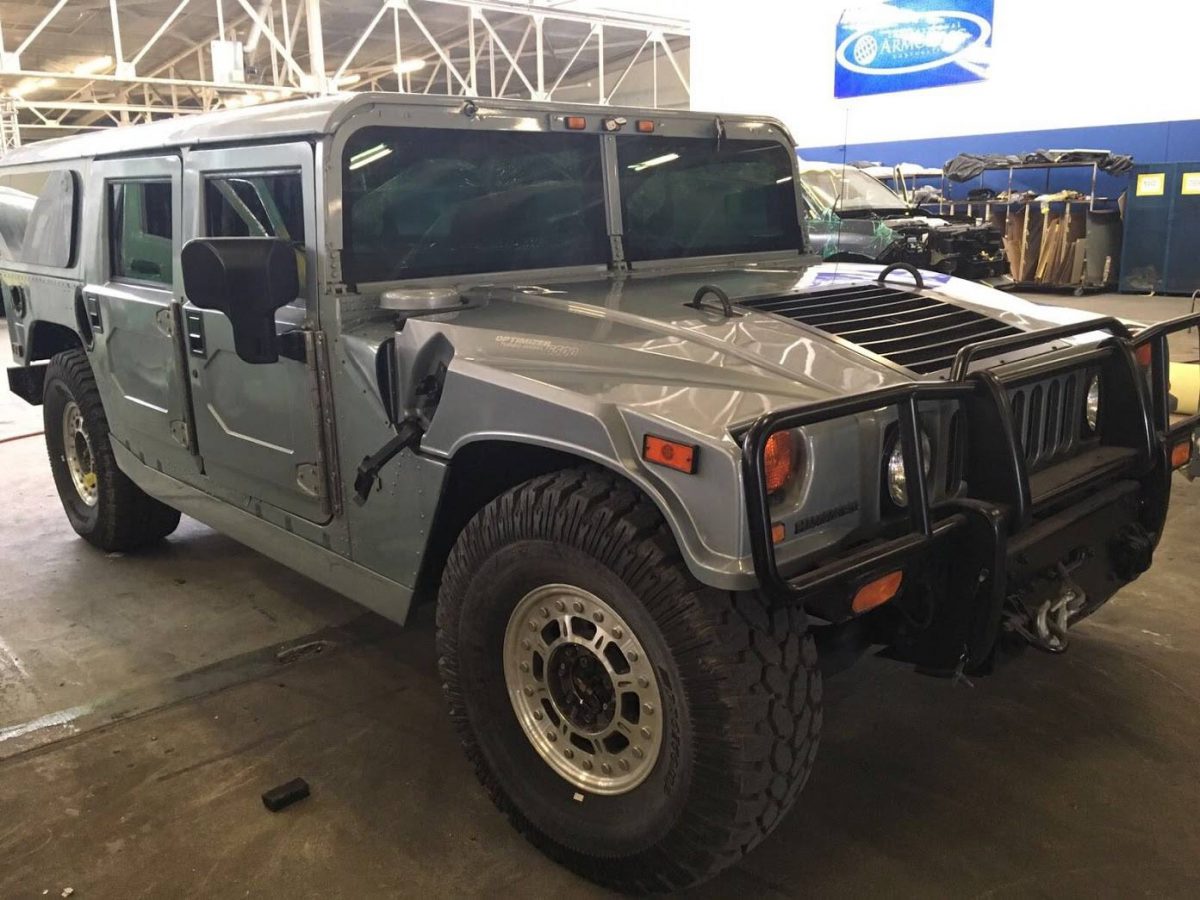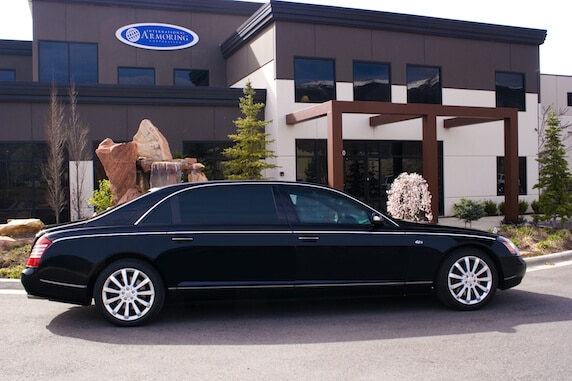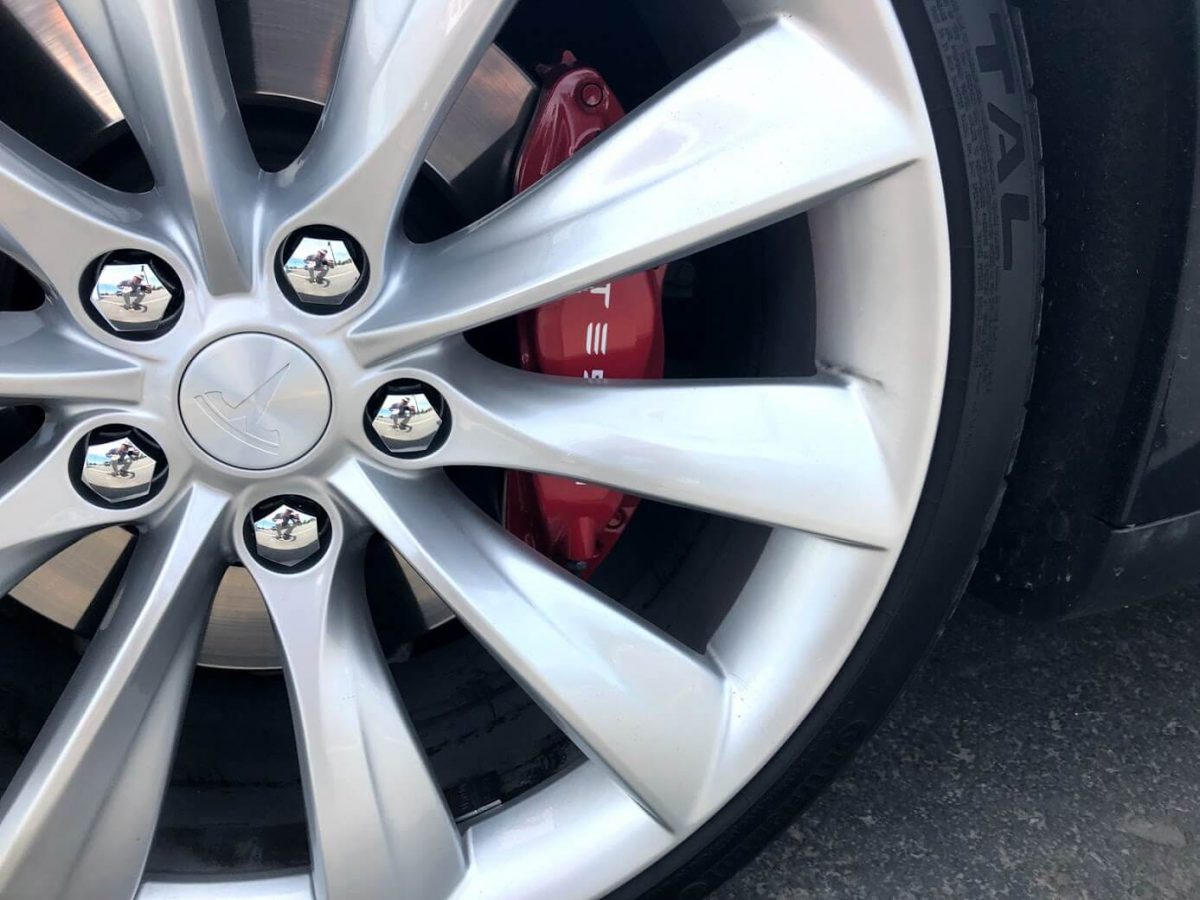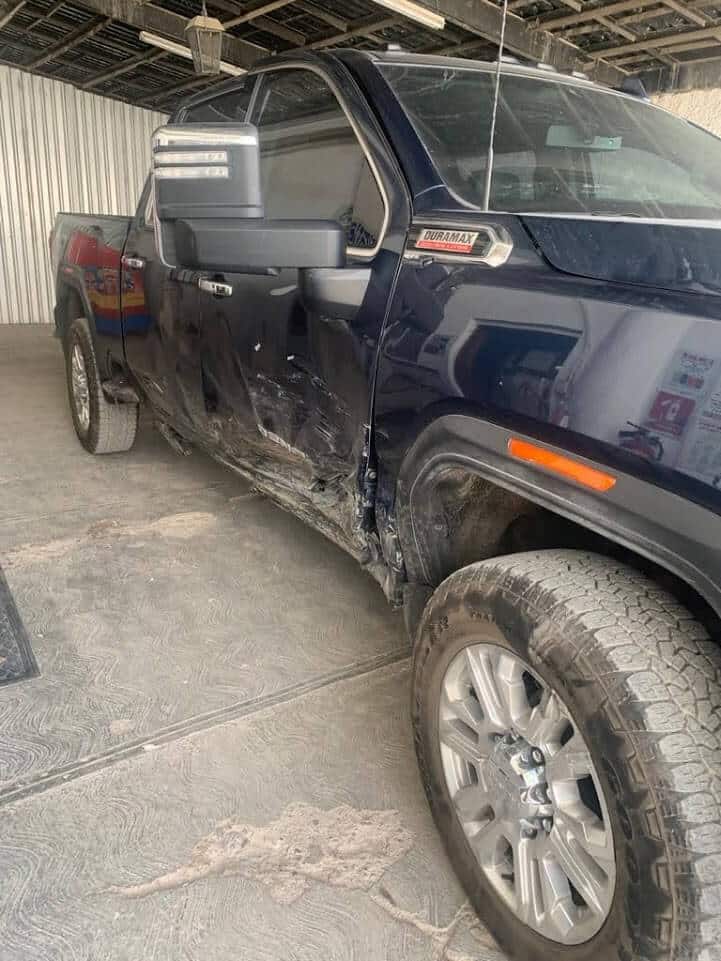The idea of fortified glass is far from a new concept, and tempered glass was first introduced in the 1800s. While tempered glass cannot withstand bullets, it was still an early attempt at helping to make glass tougher and more practical. The need for strengthened glass was also highlighted frequently during WWII when military leaders wanted to provide maximum safety for their personnel.
However, it was not until 1982 that a patent for bullet resistant glass was granted, but that was not the first time bulletproof glass came on the scene. Indeed, a year previously, we saw one of the most famous examples of bulletproof glass being used – in the Pope mobile.
Understanding the UL Rating System
Naturally, the technology behind bulletproof glass has developed considerably since its early days, with modern bulletproof glass now able to withstand much greater forces than before. With numerous products on the market, a rating system was developed to help make it clear just how much protection a particular product offers.
An 8-grade tier system was created by Underwriters Laboratory (UL), which has become known as the UL rating system. The system is now considered the standard by which most bulletproof glass products are rated.

What are the Standard UL Protection Level Ratings?
UL protection ratings run from 1 to 8, with 1 offering the least protection and 8 offering the most. Below is a brief description of each category:
What is Level 1 Bulletproof Glass?
Level 1 bulletproof glass helps to protect against small arms fire. The glass must be able to withstand at least three 9mm full metal jacket rounds travelling at a minimum speed of 1,175 feet per second.
What is Level 2 Bulletproof Glass?
Level 2: At level 2, bulletproof glass will offer protection against handguns with a larger calibre. To qualify, the glass must be able to resist at least three 0.357 magnum soft point rounds travelling at a minimum of 1,250 feet per second.
What is Level 3 Bulletproof Glass?
Level 3: At this rating, glass can resist small arms fire with a larger calibre than the previous ratings. Level 3 bulletproof glass can withstand at least three 0.44 magnum rounds travelling at a minimum of 1,350 feet per second.
What is Level 4 Bulletproof Glass?
Level 4: At level 4, bulletproof glass is no longer restricted to protecting against handguns only. At this level, glass must be able to resist at least one round from a 0.30 calibre rifle travelling at least 2,540 feet per second.
What is Level 5 Bulletproof Glass?
Level 5: Level 5 bulletproof glass can protect against even more powerful rounds. This glass can withstand at least one full metal jacket round from a 7.62mm rifle travelling at a minimum of 1,400 feet per second.
What is Level 6 Bulletproof Glass?
Level 6: Bulletproof glass can resist more persistent attacks at this level. To qualify for level 6, the glass must be able to withstand at least five 9mm rounds travelling at a minimum of 1,400 feet per second.
What is Level 7 Bulletproof Glass?
Level 7: To qualify for level 7, glass must be able to withstand multiple hits from full metal jacket rounds from a 5.56mm rifle. The rounds must be travelling at a minimum of 3,080 feet per second.
What is Level 8 Bulletproof Glass?
Level 8: Level 8 bulletproof glass offers the maximum possible protection against bullets. To qualify, the glass must be able to withstand at least five shots from a 7.62mm rifle.
The type of glass you should use depends on how much protection you need. For example, many small businesses will use level 1 bulletproof glass that acts as more of a deterrent than anything else. Potential assailants are less likely to even try shooting through glass if they know it is bullet resistant.
Level 3 glass is usually used by larger companies that need more security. Level 4 and above are typically used to help protect high-value structures, government buildings, military installations, and so on.
What Makes Glass Bullet Resistant?
Bullets are a marvel of physics, relatively small objects that can transfer a high amount of energy to a target thanks to velocity and density. Even lower calibre rounds can tear through most materials, while larger calibre rounds can do severe damage.
So, if bullets can cause so much damage, how is glass able to resist them?
Well, for one thing, bulletproof glass is not made entirely of glass. Instead, other materials like polycarbonates are layered with glass to help make it tougher. The combination of different layers helps distribute the energy from a round, while polycarbonates are also made to help dissipate the energy from bullets. So if the glass does its job, all of its energy will be depleted quickly, bringing it to a full stop before it can exist out the other side of the glass.
Another factor that helps make bulletproof glass so resistant is its thickness. You would often not notice how thick bulletproof glass is because it is made using transparent materials. While at first glance it might appear to be as thick as normal glass, the reality is that it’s much thicker.
While bulletproof glass can be very effective at helping to stop bullets, the glass itself is usually heavily damaged after an attack. Not only will the damage make the glass difficult to see through, but it will also be weaker, making it less likely to withstand further attacks. As such, you will need to install new bulletproof glass if yours is damaged.
